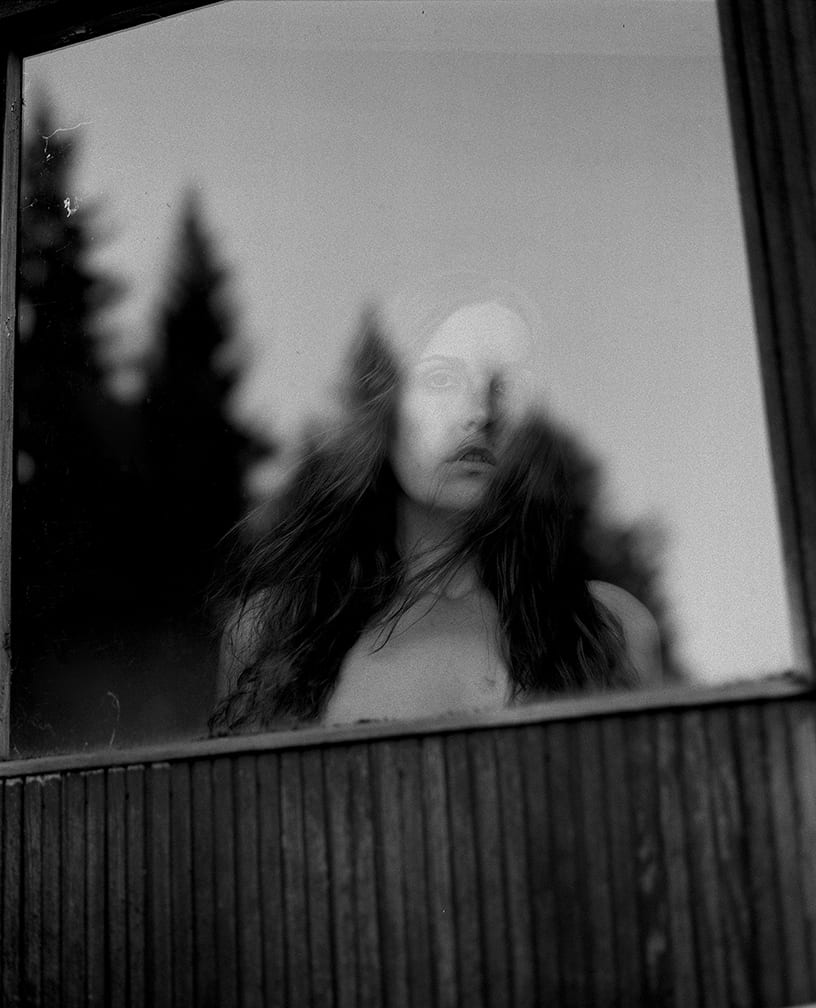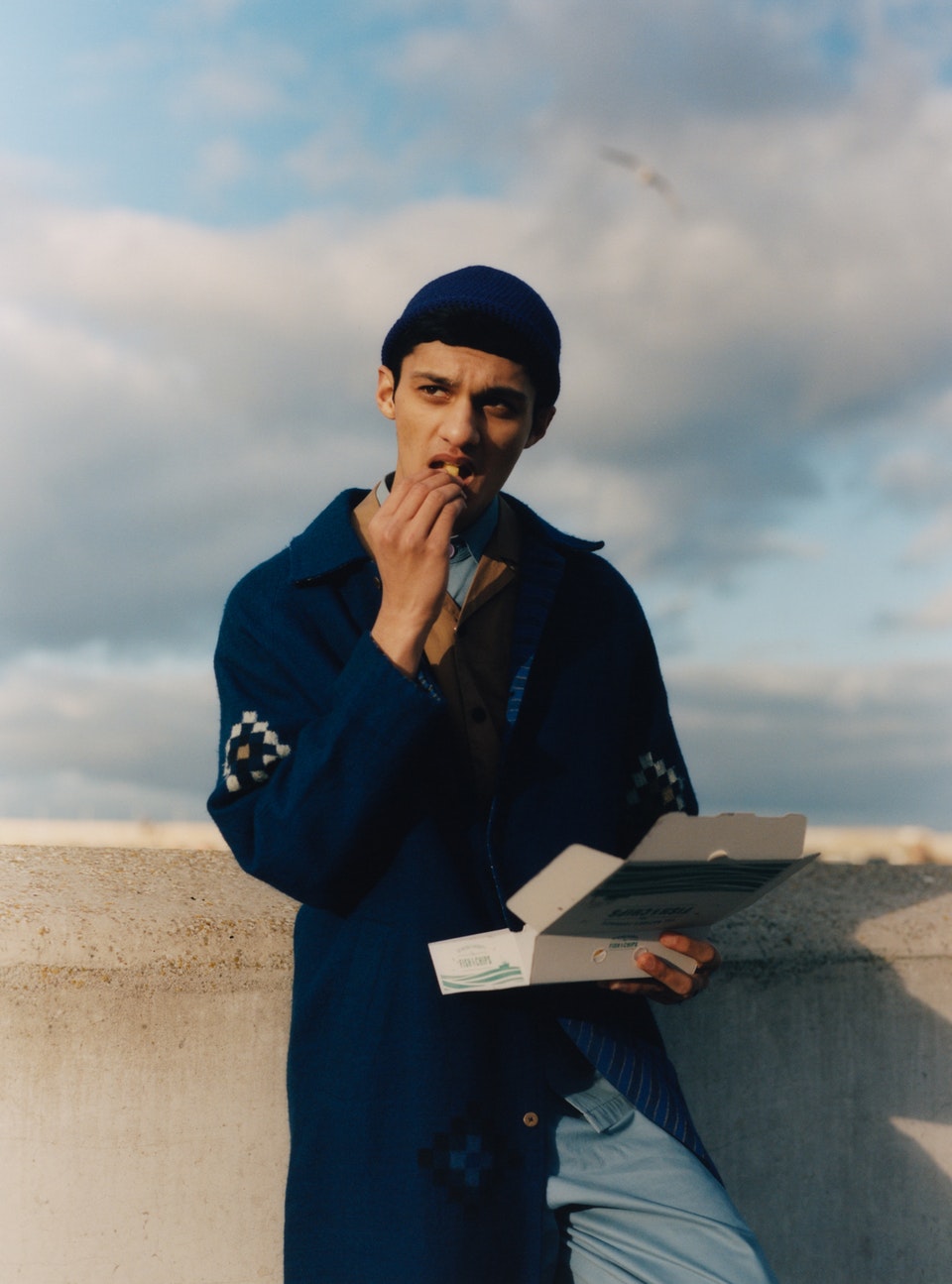Vikram Kushwah’s portrait is of his friend’s teenage daughter, Jasmine, who is in her second year of cancer treatment. Inspired by his wife, who also had cancer in her teens and lost her hair, Kushwah’s aim for the image and wider series was to give Jasmine a sense of empowerment.
Indian-born Kushwah initially studied fashion at University, before taking a photography module that got him hooked on taking pictures. Kushwah decided from there that he wanted to be a photographer. His work encompasses both art and fashion photography, and he has been featured in several high-profile exhibitions, such as Vogue Italia’s Best of PhotoVogue, and the recent Association of Photographers AOP50: Images that Defined an Age. He also received bronze at the Young Lions’ Award in the Best Photography category at Cannes.
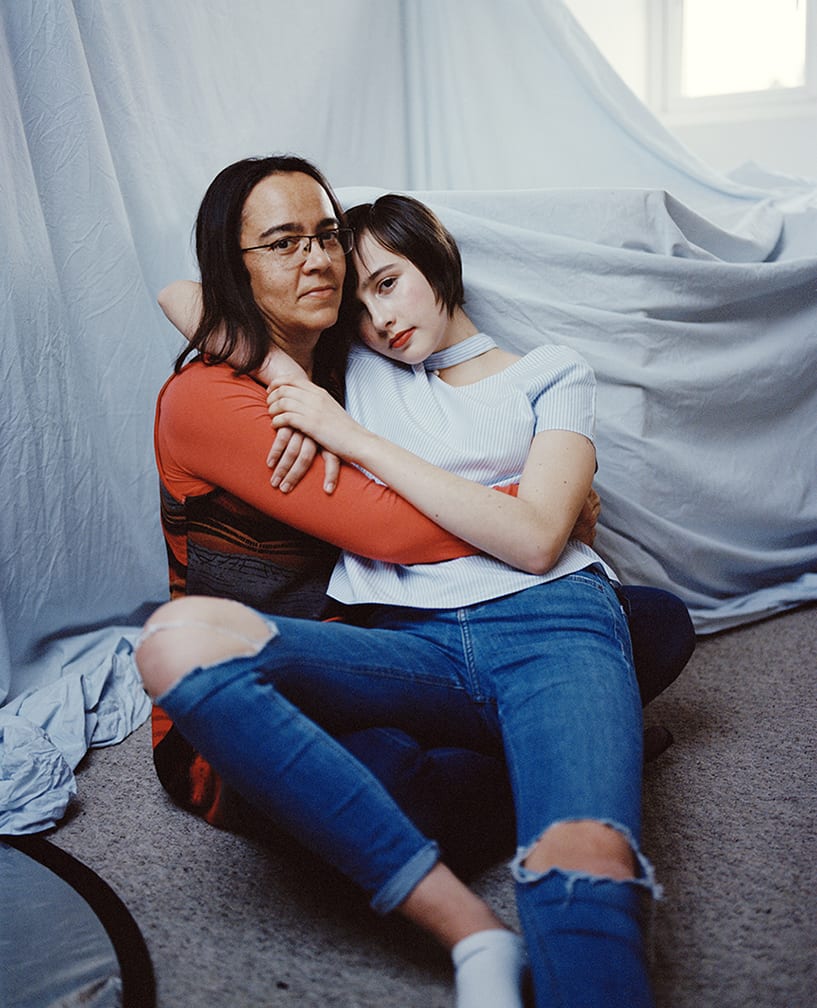
Can you tell me about the portrait you entered into Portrait of Britain 2018? What is the story behind it?
Jasmine, my subject for the photograph, is the 14-year-old daughter of a friend. She is in her second year of cancer treatment. Prior to the illness, she had long, cascading hair, which was sacred to her, and was the subject of one of my earlier photography projects. Chemotherapy has now reduced her hair considerably and she does not step out without a wig. With all the complexities that come with teenage life, something as severe as this illness and its repercussions has made adolescence doubly challenging for Jasmine. These photographs show her will to move on, and her tenderness and innocence. The series is about acceptance, grace, embracing the new, and celebrating life as it presents itself. Jasmine showed great courage confronting the camera with her new hair and her new identity.
Why did you select this image to enter into Portrait of Britain?
I find Jasmine’s gaze very powerful here. I asked her to look away from the camera for this one, and it’s the slight disengagement that I find interesting. We will never know what was going on in her mind in this moment but to me it tells the story of her perseverance, and her calm demeanour during what, at times, were arduous cancer treatments.
I also find this image aesthetically pleasing and quite gentle on the eye. I created a little daylight studio in Jasmine’s bedroom, using the window as a softbox. The whole set-up appeared like a tent – the ones you find in children’s playrooms. Jasmine’s little brother loved it.
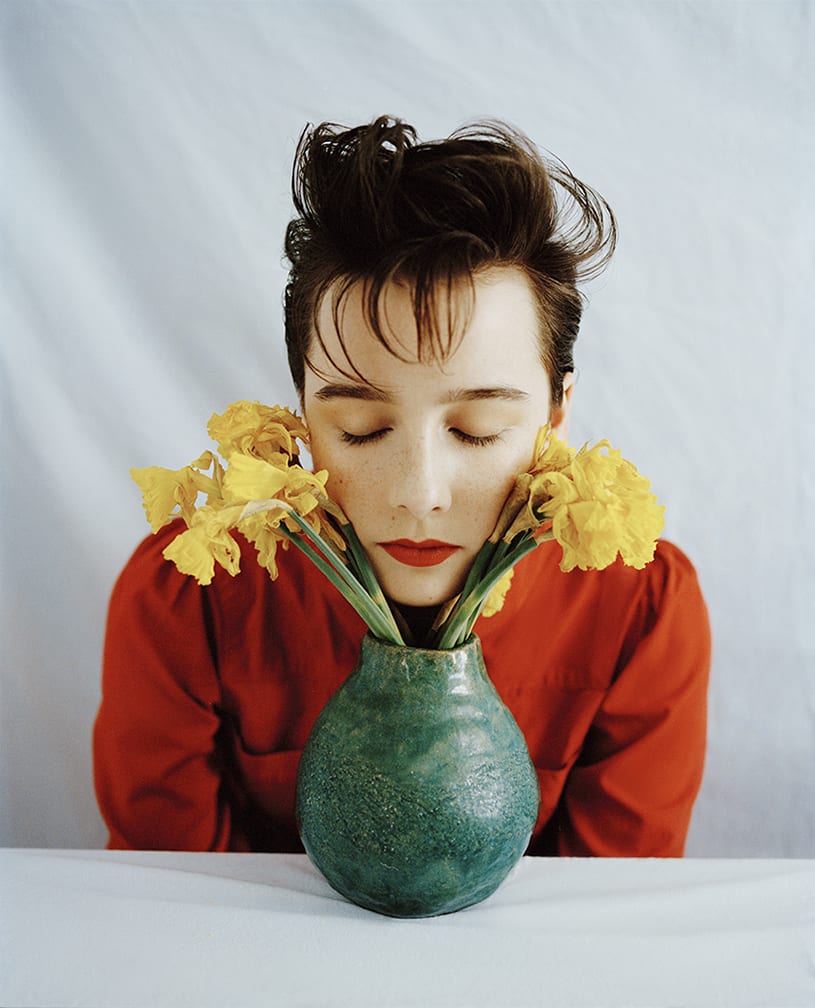
This image is part of a wider series called Regrowth. What were the aims for that series?
Regrowth focuses on Jasmine renegotiating identity, both as a teenager and as a cancer patient. In 2015, when I needed a young person for another series, Twins and the Green Car, Jasmine’s mother suggested she might be interested. Jasmine was thrilled by the opportunity to be a ‘model’. A year later, when Jasmine’s diagnosis was revealed after a blood test, my wife felt a particular empathy for the situation as she also had cancer as a young woman. My wife had intensely curly hair (which I’ve only ever seen in photographs), but after cancer treatments, her hair came back lighter, thinner and completely straight. She has noted that it took years for her to come to terms with her identity without curly hair, something for which everyone knew her.
When Jasmine began losing her hair, my wife suggested that I do another photo shoot with her. Shortly before the first Twins and the Green Car shoot, Jasmine had been complaining about her body: “My legs are too skinny,” “I’m too tall,” etc. After the shoot, she stopped saying these things and seemed more confident. We hoped that a series about Jasmine might help again.
It was another year before the shoot took place. After intensive treatments, Jasmine bravely said she would go ahead with the shoot when her hair finally started to grow back. The shoot was initially intended to include her wigs, but even more bravely, Jasmine decided to forgo the wigs on shoot day.
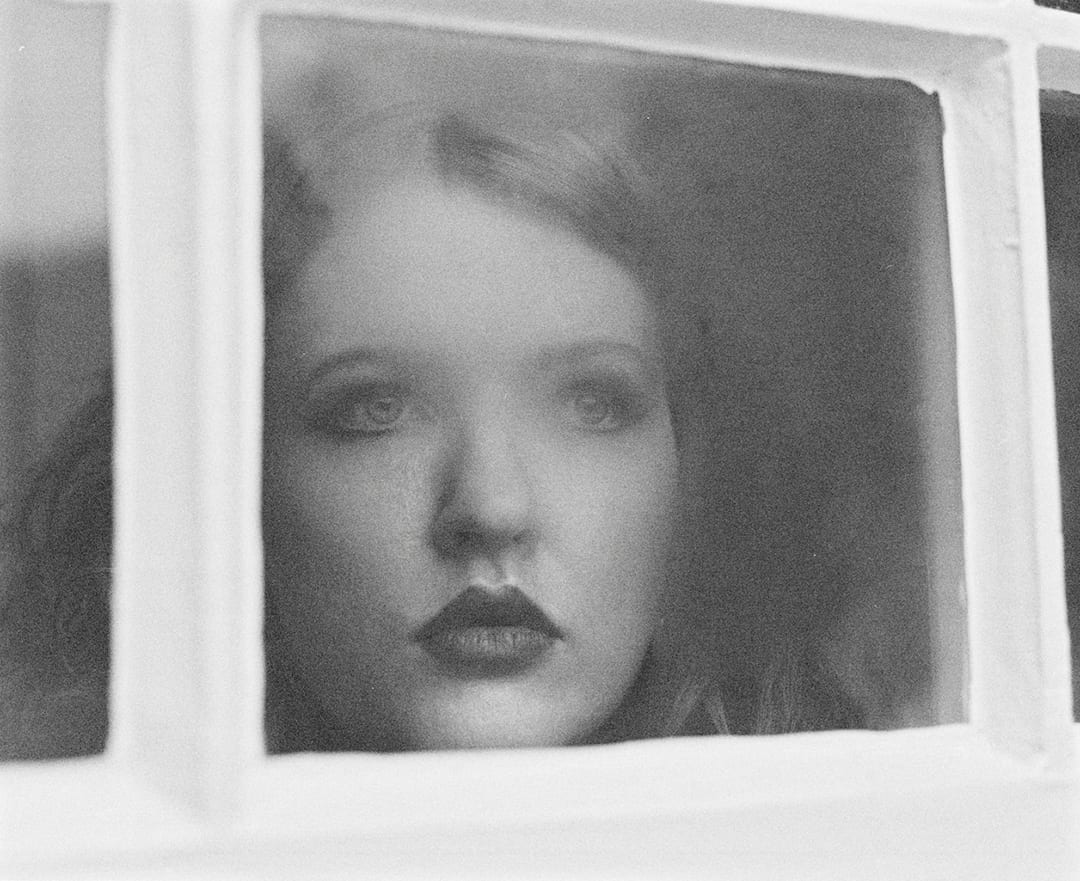
Why did you choose to enter Portrait of Britain?
I think Portrait of Britain is a brilliant concept on a grand scale. It shows the many facets that make up the fabric of British life, and even just human life in general. Using public spaces throughout the country as an exhibition space—breaking away from the traditional closed gallery walls— makes it easily publicly accessible. One does not need to set aside time outside of work to see this exhibition; this exhibition is on the way to work. The kind of exposure it gives to photographers is phenomenal.
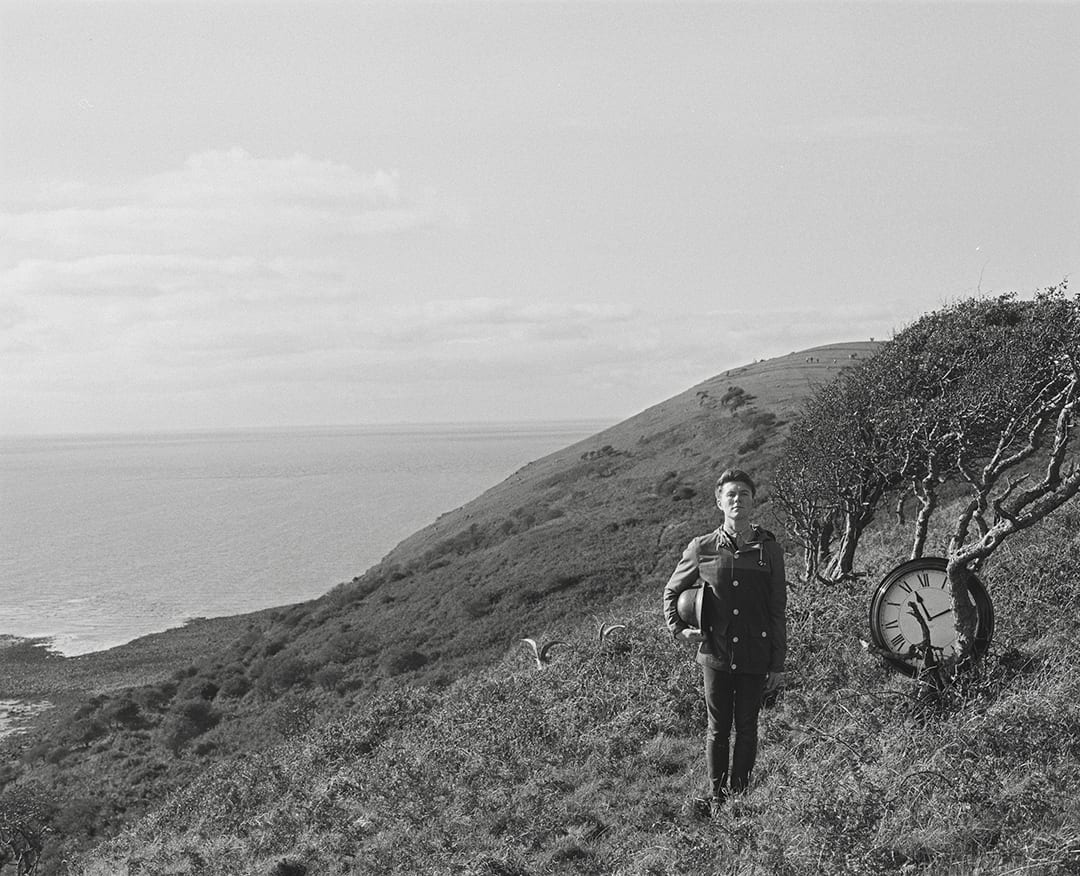
What do you think makes a compelling portrait?
There are a number of things that contribute to the making of a compelling portrait. There are always fleeting moments when a face, light and/or colour can create magic, but compelling stories can also add weight to a simple shot. Then again, sometimes you cannot put a finger on why certain portraits are so compelling. They just are. You can’t explain it and that’s beautiful.
Do you have any advice for future entrants about selecting a portrait to submit and, more generally, about getting into portrait photography to begin with?
In my opinion, honest work is the strongest. If a story or a person truly moves you, photograph them. Don’t think too much about technicality; that will come in time, with practice and experience. I see a lot of photographers being overwhelmed by technology and even overusing it, and sometimes the story gets lost. The camera and the equipment are merely tools.
Future generations will look to Portrait of Britain 2019 to see the face of the nation in a historic moment. What will it look like? Enter your work today!
